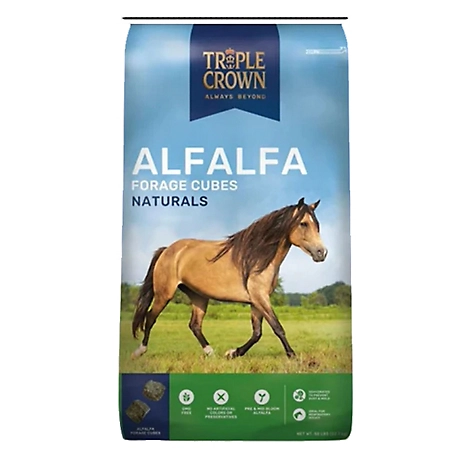Unless You Test, It's Just a Guess: How to Take, Interpret, and Utilize a Forage Sample
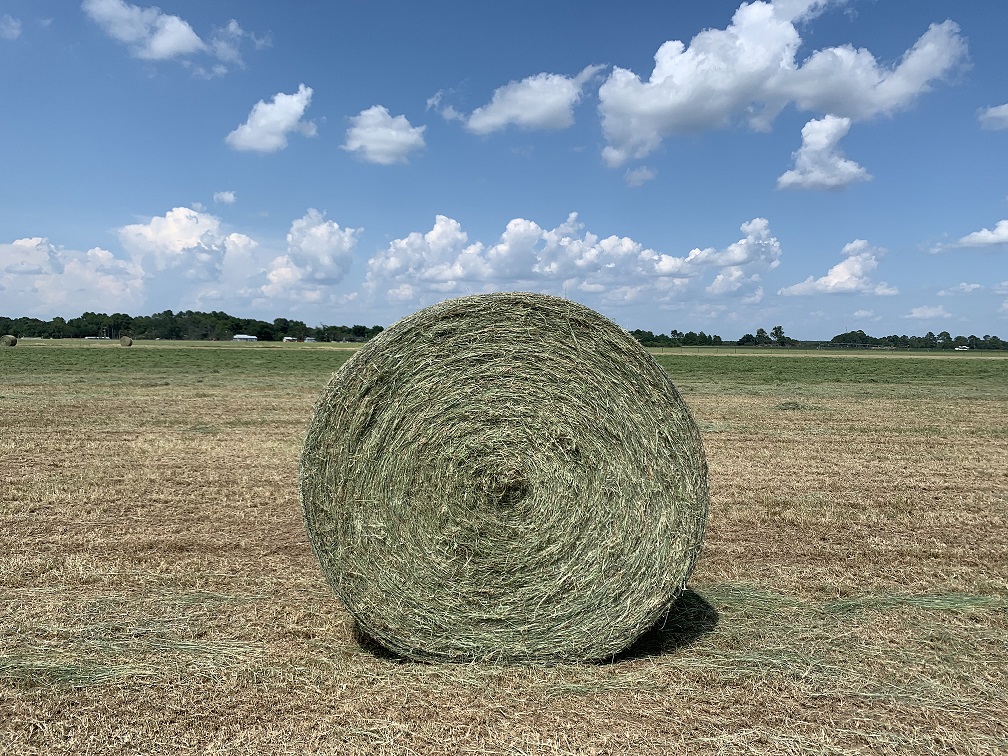
Measuring, monitoring, and managing forage requires producers to regularly measure how much forage mass is present and how quickly that forage is growing. By using a rising plate meter, producers can assess the forage mass across several pastures quickly and with reasonable accuracy. Then, by comparing available forage in individual paddocks from one week to another, producers can determine the growth rate of the forage. In periods of poor growing conditions, management can be deployed to increase growth rates. In periods of rapid growth rate, decisions can be made to alter grazing sequences or plans can be made to harvest excess forage for hay or baleage. In short, the rising plate meter helps producers to assess the current status of each pasture and then make better decisions to increase the efficient use of that forage.

Nutrition Archives - Primal Meats

How Labrinth Figured Out the Sound of 'Euphoria' - The New York Times
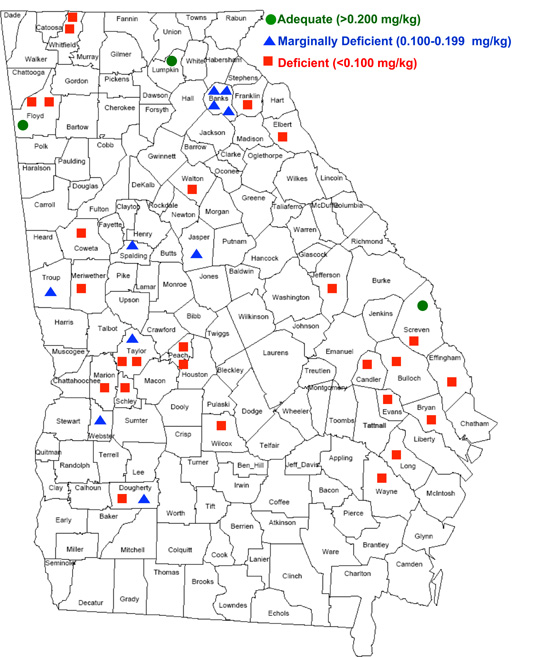
Selenium in Georgia Soils and Forages: Importance in the Livestock
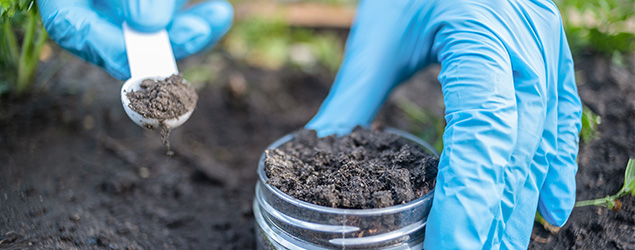
Browse UGA Cooperative Extension
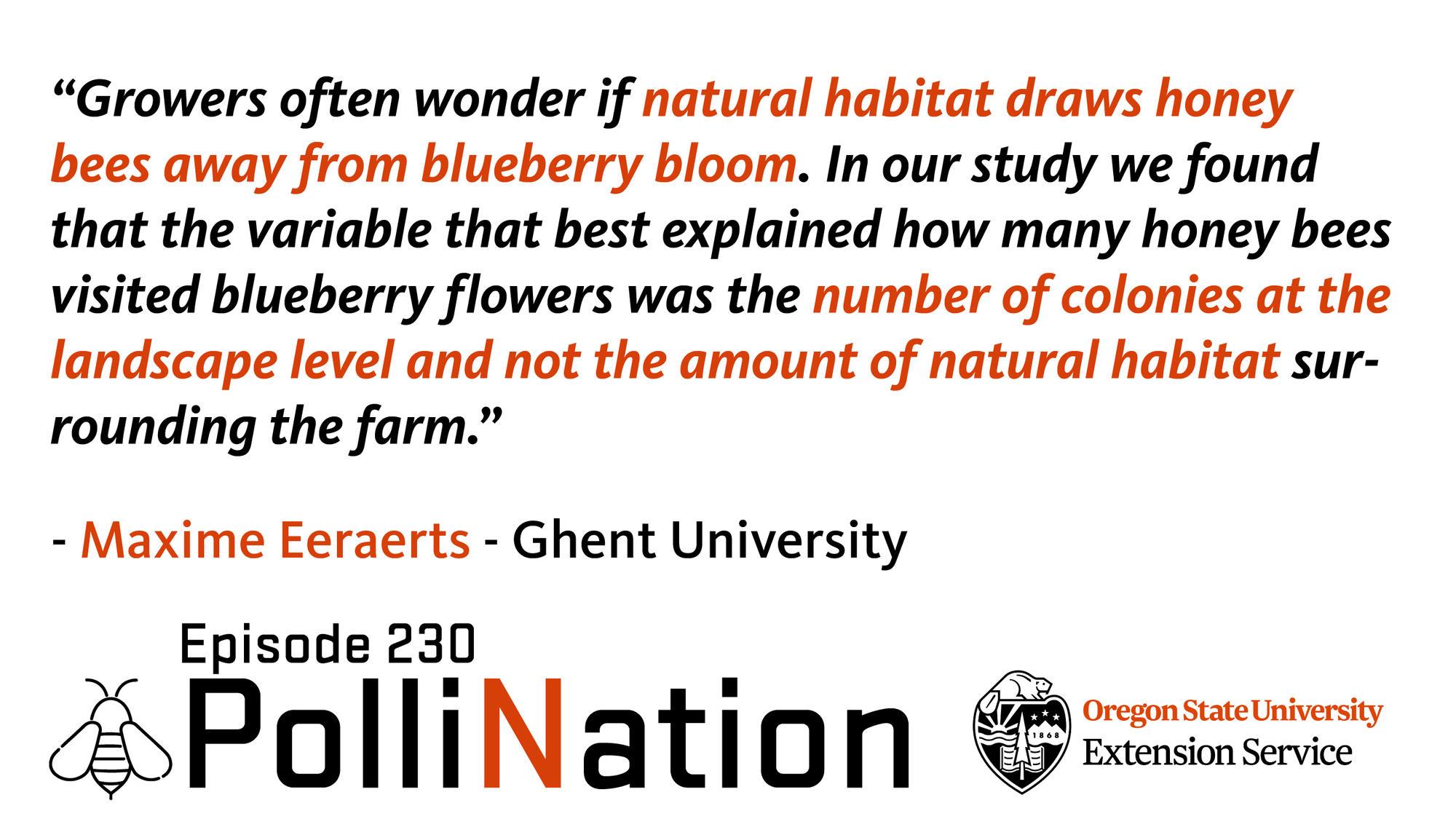
230 - Eeraerts - Stocking honey bee colonies for the landscape
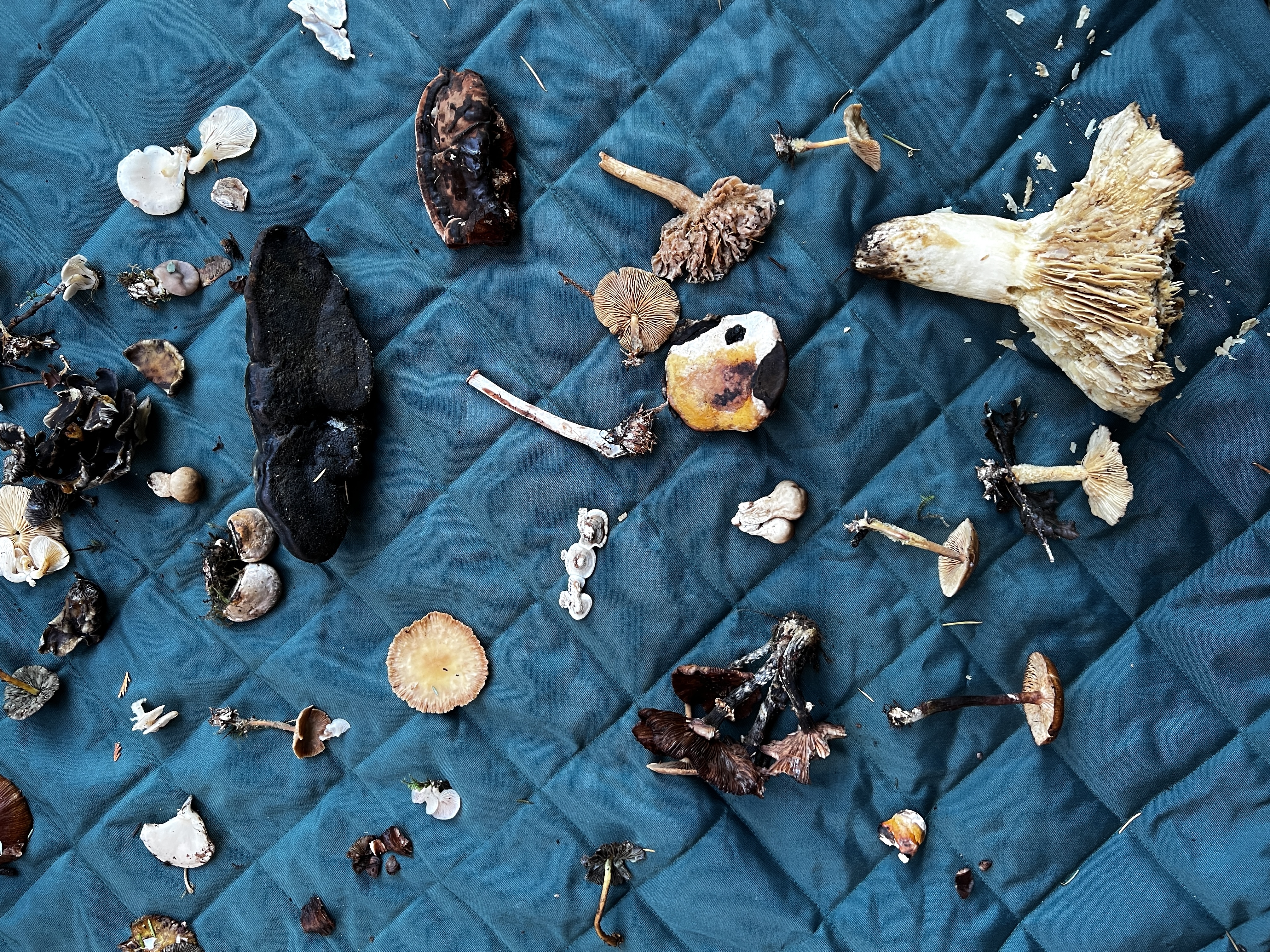
KUOW - Mushrooms are abundant in Puget Sound. Here's how to forage
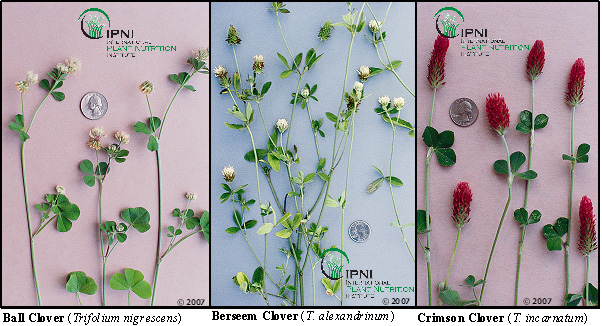
Georgia Forages: Legume Species
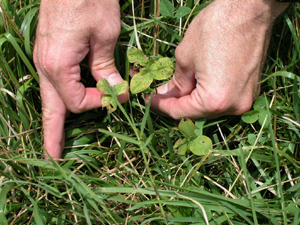
White Clover Establishment and Management Guide

Our First Test RedwoodJS Docs

Forage Hyperfoods- Alcohol-Free Canadian Wild Reishi
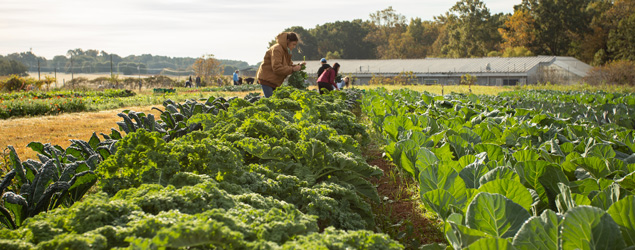
Browse UGA Cooperative Extension
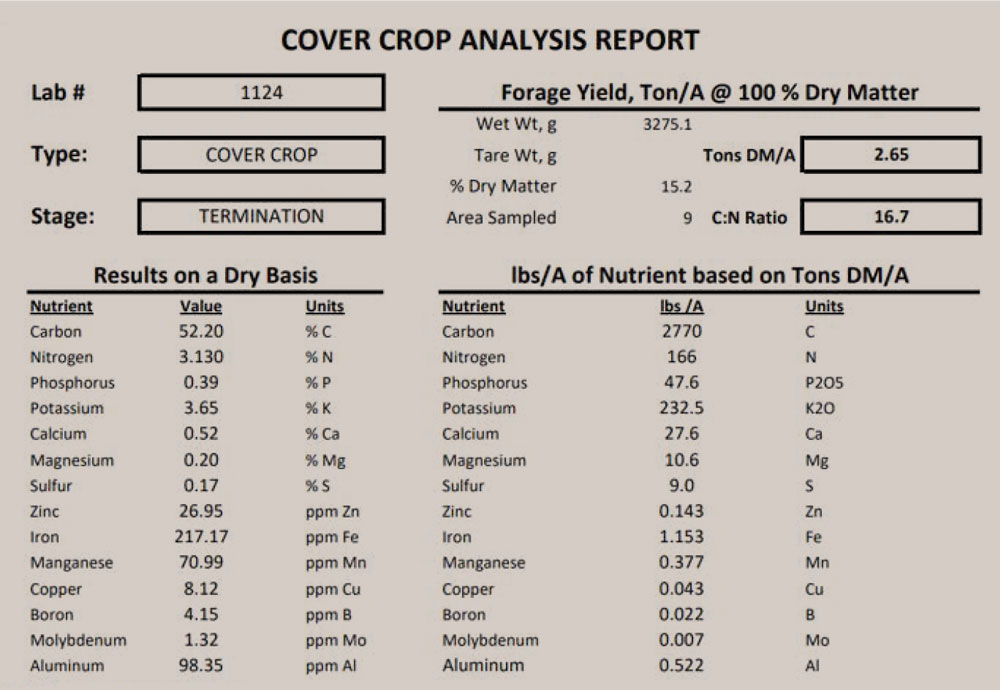
Constant Soil Testing Reduces No-Tiller's Annual Costs By $164,000

What Would Happen to Columbia River Basin Wild Salmon Runs if

